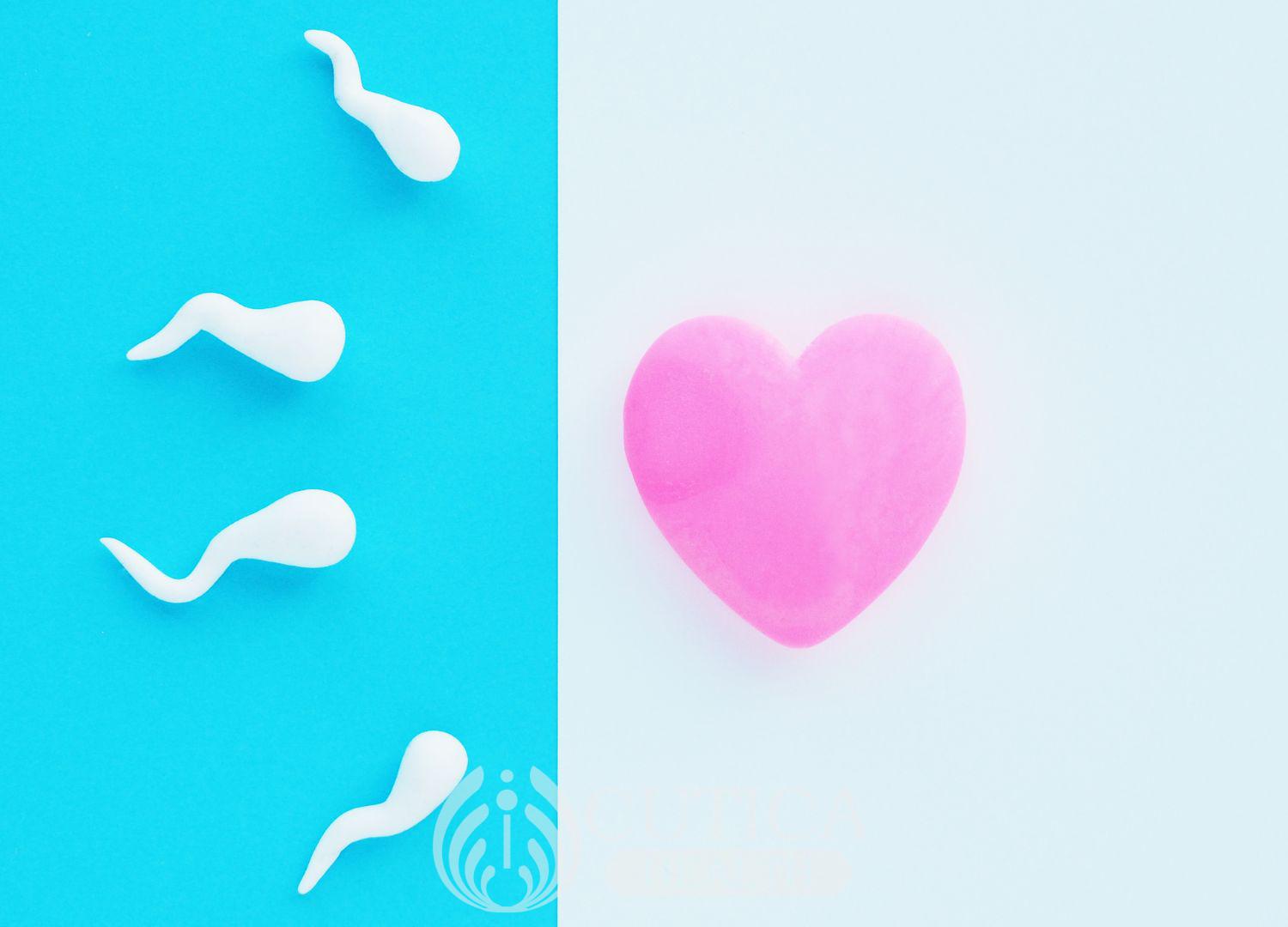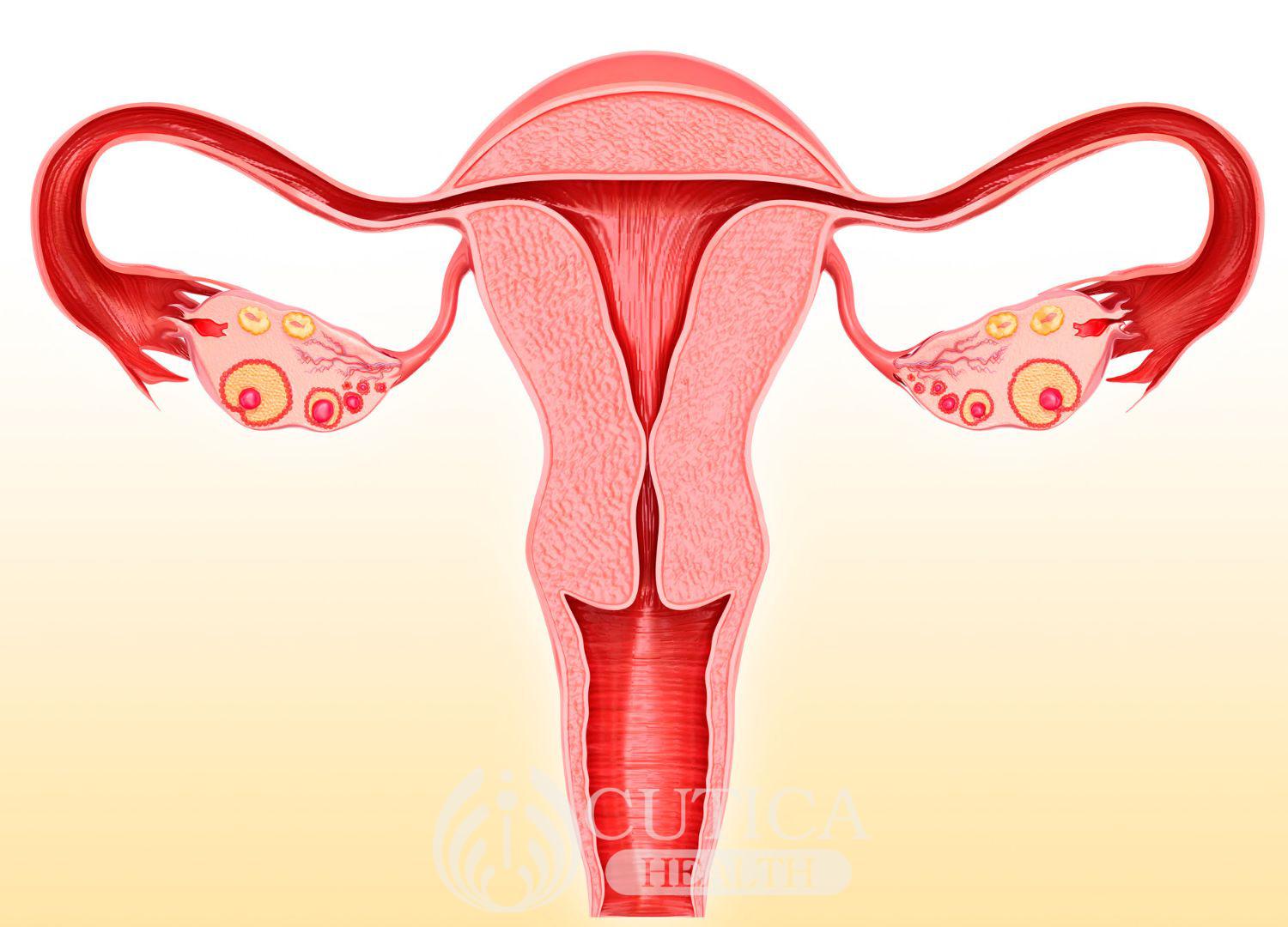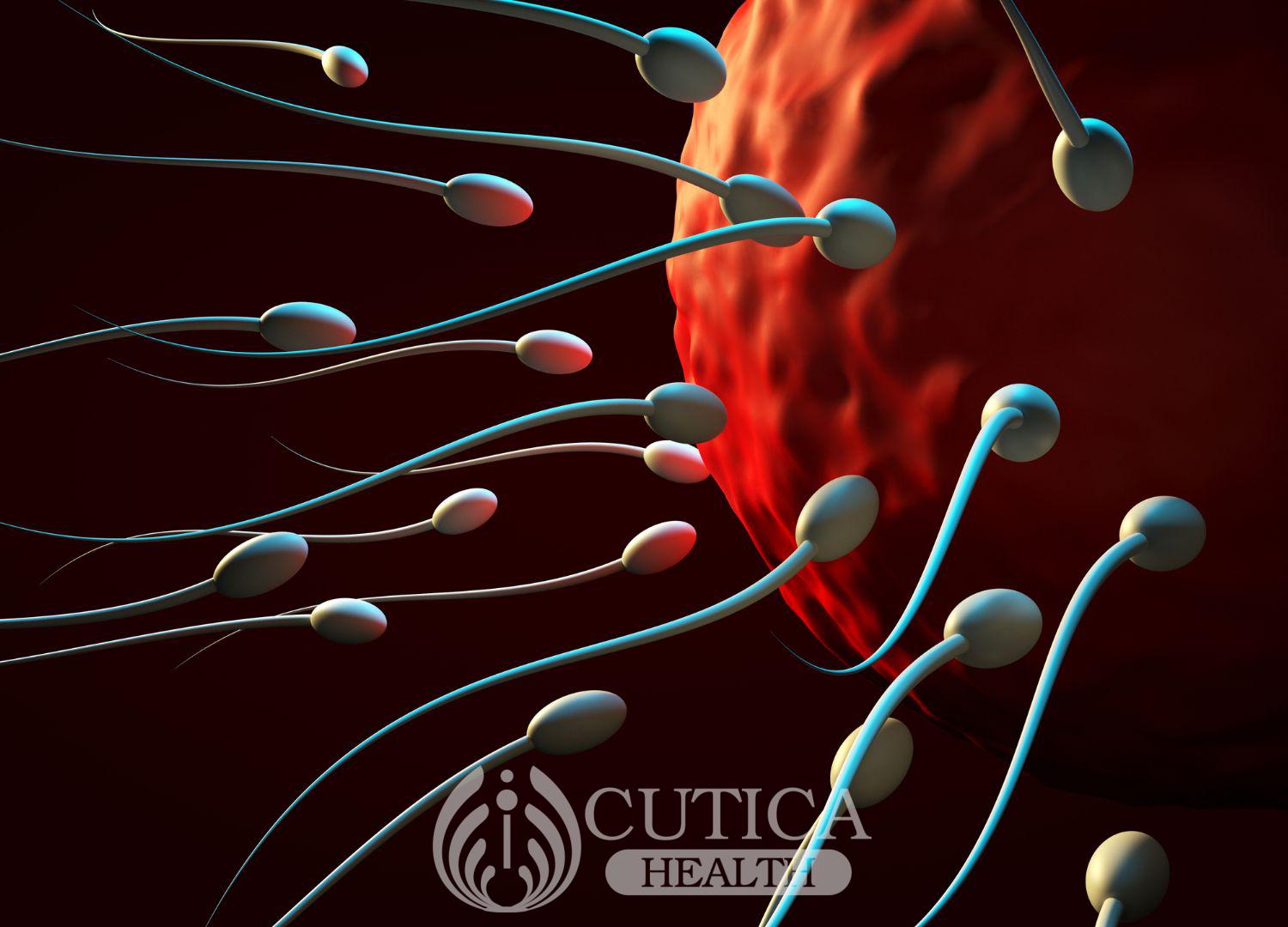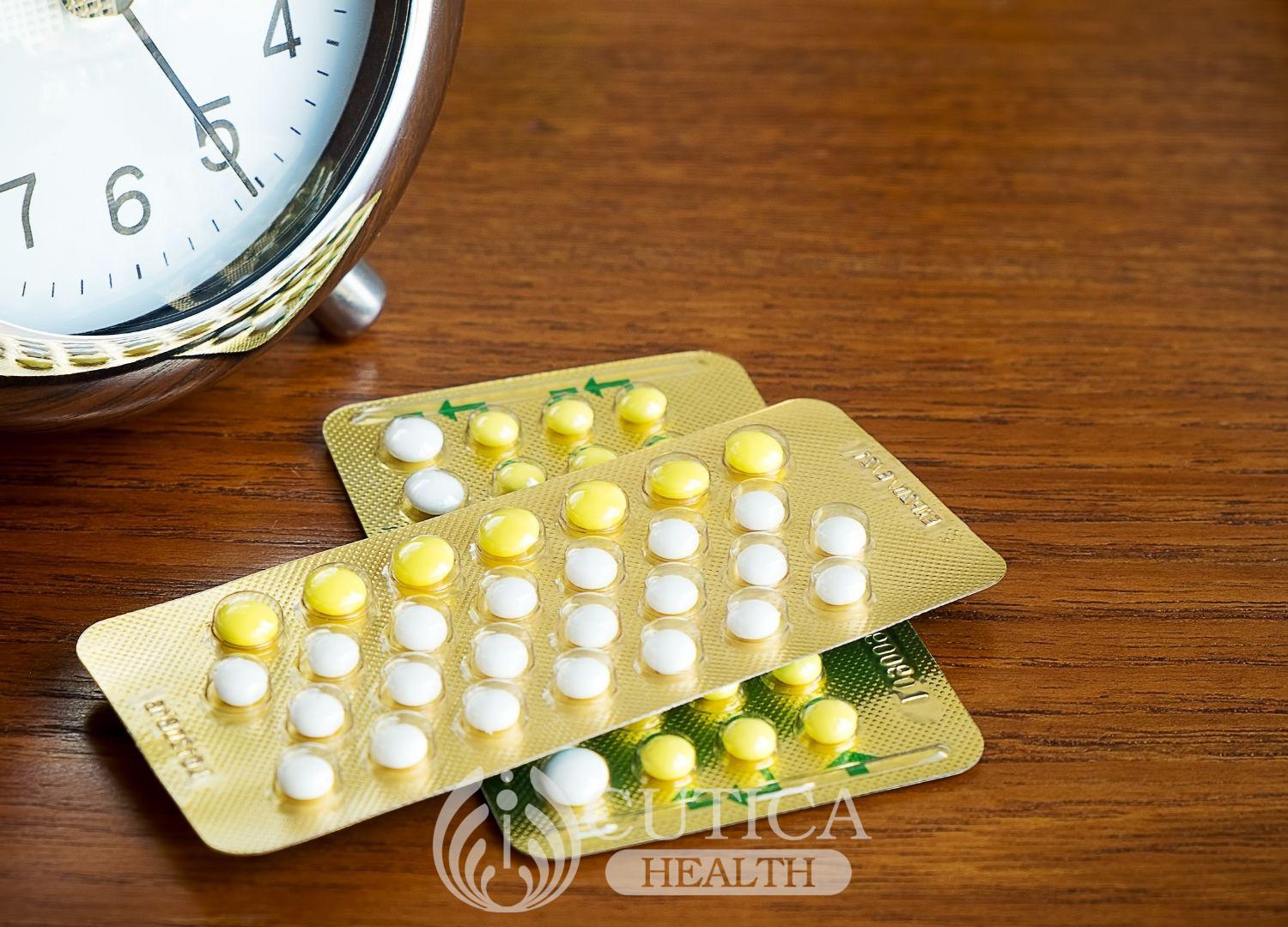
Intra uterine insemination is a procedure done for couples who have issues with fertility and are unable to reproduce naturally.

It involves the direct introduction of a viable sperm into a woman's uterus. This method bypasses a stage of natural conception where the sperm, following intercourse and ejaculation, travels to the fallopian tubes from the vagina, through the cervix, before getting to the uterus. Directly placing the sperm in the uterus places them closer to the egg, therefore increasing chances of conception and pregnancy.
Why Is It Done And Who Does It Help?
Getting pregnant depends on a number of factors. This procedure may be beneficial to individuals with the following problems.
- Endometriosis, a condition where the lining of the womb (endometrium) is found outside the womb
- Sperm donation
- Subfertility in male partner (Low sperm quality)
- Subfertility in female partner(ovulation or cervical component)
When Is IUI Not Recommended?
This fertility option is not recommended in the presence of any of the following conditions:
- Aspermia: Complete absence of sperm in the male’s ejaculate. The option of using a donor can be explored.
- Complete removal or blockage of both fallopian tubes.
- Severe infection to the fallopian tubes.
- Severe infection or blockage of the cervix, the opening to the womb
- Severe genital infections of both partners
What to Expect
The procedure is similar to what is done during pap smears. It can be uncomfortable but it is mostly painless, usually completed within 20-30mins. It must be performed by a doctor or a nurse trained in the field.

For the procedure, you'll be asked to lay on your back, on the exam table with your legs supported and raised by stirrups.
- A catheter will be attached to a tube that contains the healthy sperm. This catheter will be put in your vagina, passed through your cervix and into your uterus.
- The sperm is pushed into your uterus and the catheter with the tube will be withdrawn.
- After the procedure, you will be required to lay on your back for a short time.
- Mild spotting a day or two after may be noticed.
- It is advised to wait for about two weeks before taking a home test with a kit. Testing sooner usually gives a false result.
Your doctor will give you an appointment to come in for a blood test, usually about 2 weeks after the home test is done. This test is usually more sensitive in detecting pregnancy.
What to Do Next
This depends on the test result. If pregnancy is confirmed, you'll be advised to attend antenatal care for close monitoring of both you and your baby.
If conception doesn’t occur, you may be advised to repeat procedure before considering other options.
The success of this procedure is different for everyone and it is influenced by the following factors:
- Age
- Reason for infertility
- Use of fertility drugs
- Viability of the injected sperm

What Are The Risks?
This procedure comes with a few risks including:
- Infection: Sterile equipment is usually used for procedure. However, there’s still a risk of having an infection. This can be managed with antibiotics.
- Multiple pregnancies: This treatment in itself does not increase risk of having more than one baby. However, when used together with drugs that cause more than one egg to be released, there is a higher chance of a multiple pregnancy and this has more complications than pregnancy with a single baby.
Summary

IUI provides a wonderful opportunity for people who have failed to get pregnant through the normal way. Compared to other fertility treatments, it is less painful, less expensive and less invasive. It is first line treatment in many cases of infertility before other options are explored. Most times, this therapy is used along side medications that induce ovulation.
It should be noted that chances of getting pregnant via this method is lower in people older than 40 years and those who have had more than 3 cycles of insemination.
If you are on fertility medications, it is important to be on the look out for symptoms like difficulty in breathing, dizziness, sudden weight gain, sudden pain in your tummy or pelvic area. These may be side effects of the the medications. This is serious and it is important you see a doctor right away.












